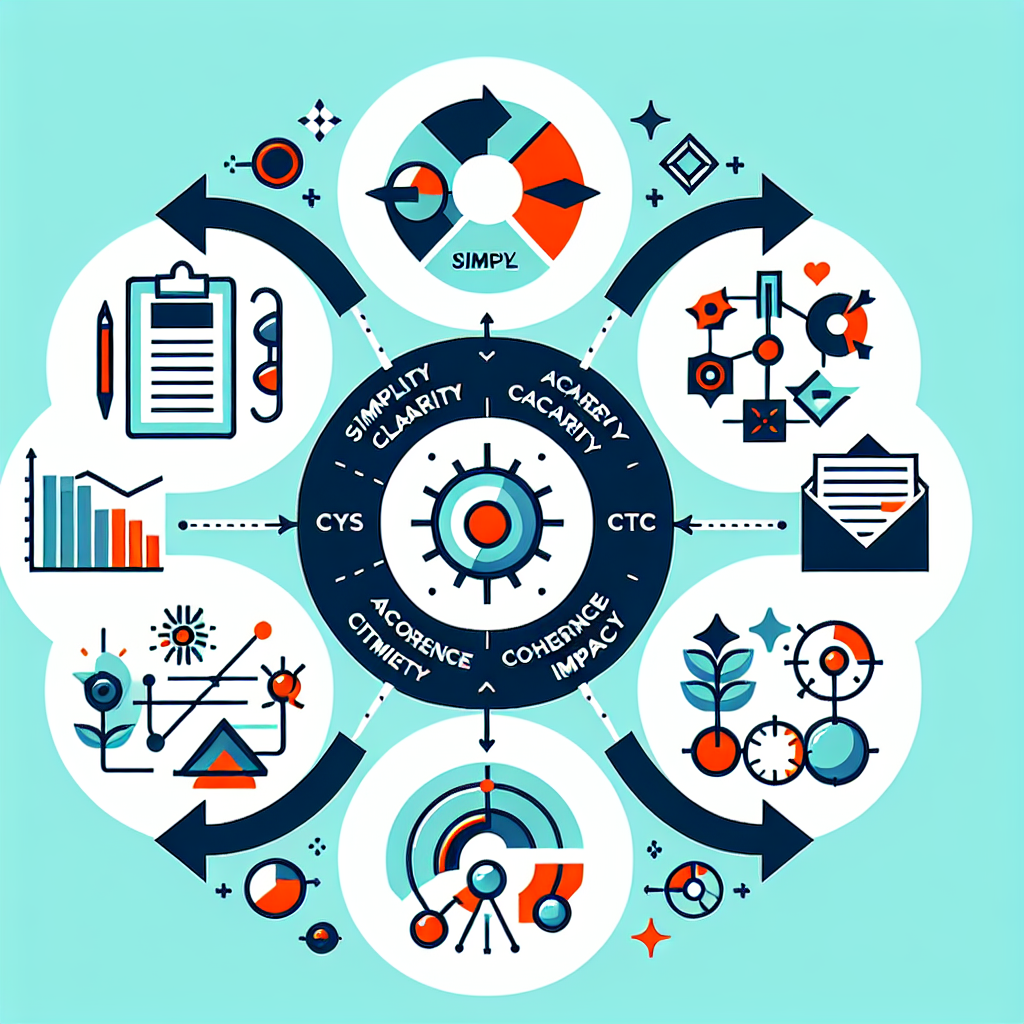5 Key Principles of Effective Data Visualization

Introduction
Data visualization is a powerful tool that helps in presenting complex data in a visually appealing and easy-to-understand manner. Whether you are a data analyst, business professional, or a researcher, effective data visualization can help you communicate your findings and insights more effectively. In this blog, we will discuss the 5 key principles of effective data visualization that can help you create compelling visuals that resonate with your audience.
1. Choose the Right Chart Type
One of the most important principles of effective data visualization is choosing the right chart type for your data. Different types of data require different types of charts to effectively communicate the information. For example, if you are comparing values across categories, a bar chart or a pie chart might be more appropriate. On the other hand, if you are showing trends over time, a line chart would be more suitable.
2. Simplify and Focus on the Key Message
Another key principle of effective data visualization is to simplify the visualizations and focus on the key message you want to convey. Avoid cluttering your charts with unnecessary data points or decorations. Instead, focus on the most important information and make sure that it is clearly highlighted in the visualization.
3. Use Color and Contrast Wisely
Color and contrast are powerful tools in data visualization that can help draw attention to important data points and make your visualizations more engaging. However, it is important to use color and contrast wisely and avoid using too many colors or overly bright colors that can be distracting. Stick to a simple color palette and use contrasting colors to highlight important data points.
4. Provide Context and Interactivity
Context is key in data visualization. Providing context around your data can help your audience better understand the information being presented. Consider adding annotations, labels, and other contextual information to your visualizations to provide additional insights. Additionally, adding interactivity to your visualizations can engage your audience and allow them to explore the data in more detail.
5. Tell a Story with Your Data
Effective data visualization goes beyond just presenting data – it tells a story. When creating visualizations, think about the narrative you want to convey and structure your visualizations in a way that guides your audience through the data. Use titles, captions, and annotations to provide context and tell a compelling story with your data.
Conclusion
By following these 5 key principles of effective data visualization, you can create visualizations that not only communicate your data effectively but also engage and resonate with your audience. Remember to choose the right chart type, simplify your visualizations, use color and contrast wisely, provide context and interactivity, and tell a story with your data to create compelling and informative visuals.
FAQs
What are the benefits of effective data visualization?
Effective data visualization helps in presenting complex data in a visually appealing and easy-to-understand manner, making it easier for audiences to grasp insights and trends from the data.
How can I improve my data visualization skills?
To improve your data visualization skills, you can practice creating different types of charts, experiment with color schemes, and pay attention to the principles of effective data visualization outlined in this blog.
What tools can I use for data visualization?
There are several tools available for data visualization, including Tableau, Power BI, Google Data Studio, and Excel. Choose a tool that best fits your needs and skill level.




